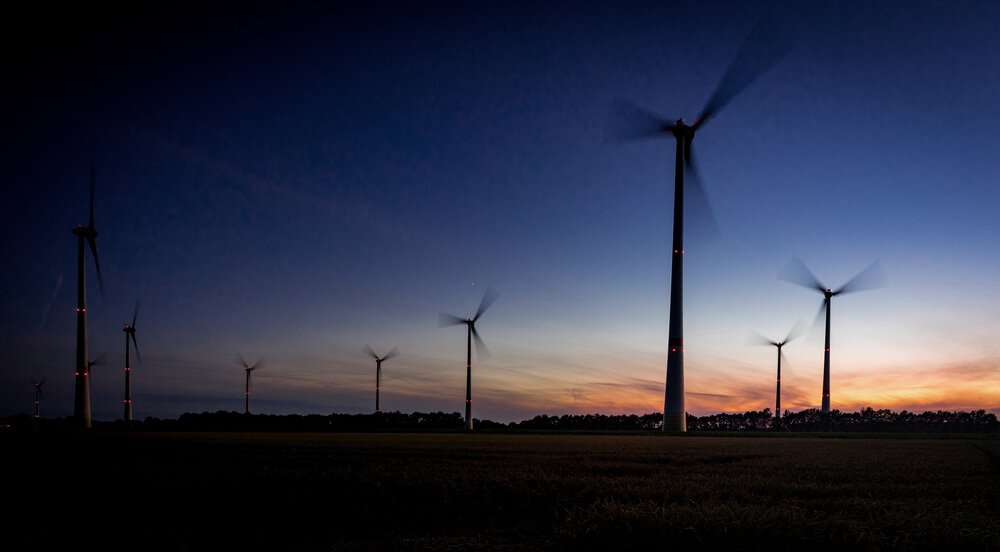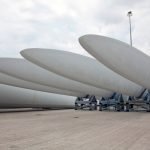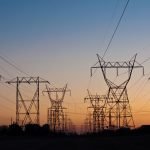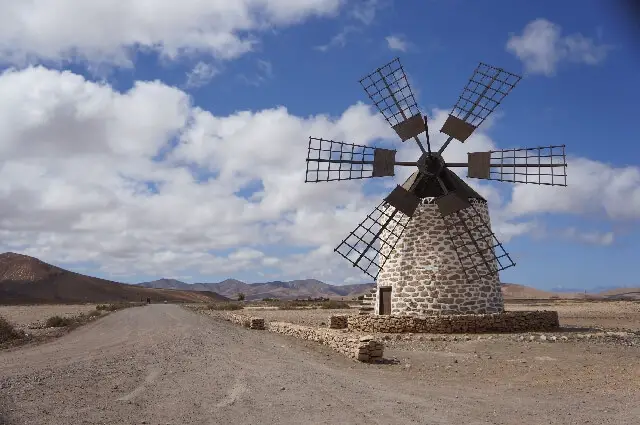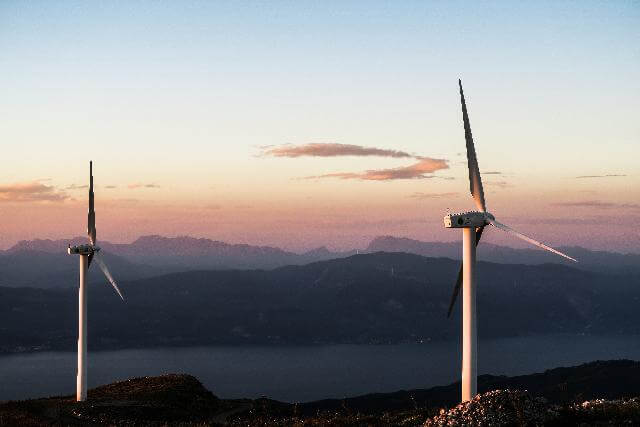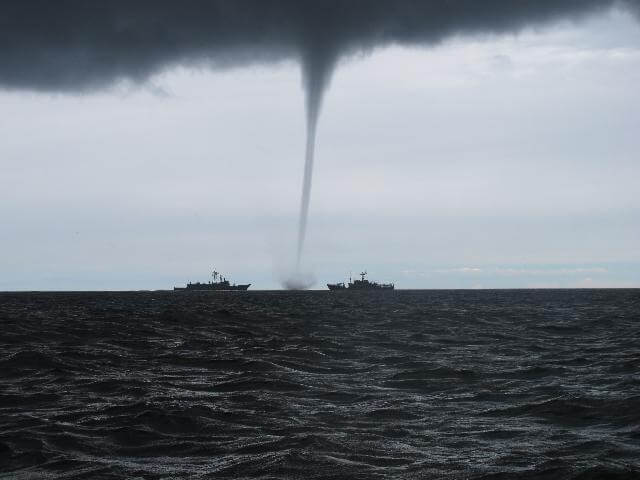Wind power has grown in popularity in recent years as a cost-effective and environmentally friendly alternative to fossil fuels.
Wind farms started appearing along coastlines and on mountains around the world, and you’ve undoubtedly seen their distinctive design by now.
So, why are there three blades on a wind turbine rather than less or more? The answer lies in wind power’s engineering and getting the most energy possible.
There is a lot to consider creating the most electricity with the least amount of waste.
Will More Blades Help a Wind Turbine Spin Faster?
Adding more blades to a wind turbine will not let it spin faster or be more effective.
The opposite holds, wherein fewer blades will prevent the turbine from dragging.
Fewer blades, however, do not mean two since that sometimes causes the turbine to shake, especially if it’s toward the wind.
The Department of Energy’s(DOE) Office of Scientific and Technical Information (OSTI) says it’s because the blade’s upright angle speed shifts rely on the angle of the blades, like horizontal or vertical.
Because one blade is up and the other two sit at an angle, the speed of the three blades remains steady.
As a result, the turbine may smoothly revolve into the wind.
Why do Some Turbines Still Have Two Blades?
The short explanation is that turbines with two blades are already valuable.
Two-blade design requires considerably less material, construction, and upkeep expenses.
While three or four blades make the turbine a little more productive, they cost way more to construct and maintain.
The original design of four blades by our predecessors was a more practical decision at the time.
History of Turbines and How They Work?
Many rural homes in America relied on wind power as their sole source of electricity until the mid-1930s.
Turbines were a convenient and cost-effective means to power isolated areas not supplied by main power lines.
Rural wind turbines effectively died out after the extension of power lines across the United States, and wind power became a thing of the past.
Wind power recently started getting attention again as a low-cost alternative to other kinds of energy production.
The principles of wind power generation are as straightforward now as they were in the nineteenth century.
The wind is simply air in motion. Therefore, there is kinetic energy where there is motion.
We build wind turbines to act as a barrier to kinetic energy, slowing it down and converting it to electricity.
Turbine blades, precisely constructed to provide the most power, are the source of this impediment.
Turbine blade design and use, on the other hand, is a delicate science that relies on a variety of parameters such as aerodynamics and air resistance.
How are Turbine Blades Designed
When designing blades for a wind turbine, a lot of considerations come into play.
Aerodynamics is perhaps the most critical component.
Aerodynamics is the science of how a solid object interacts with the air surrounding it.
With this in mind, wind turbine blades are shaped similarly to aviation wings.
The back of the turbine blade curves more than the front, like a plane wing, and when air moves across the blade, this varying form creates a pressure differential, which lets the blades move.
Because of the blade’s barrier, air travels quicker behind the blade than it does in front of it. That’s what starts the process of electrical generation by causing the blades to rotate.
Do Blades Only Need Wind?
Wind alone, however, is insufficient to propel the blades.
To achieve the best level of efficiency, engineers must consider speed and drag when constructing the blades.
For example, if the obstruction of the blades creates too much drag, it significantly reduces the power yield.
The blades could travel too swiftly if not enough drag is created, breaking the sound barrier.
Turbine Blade Noise
One of the most significant advantages of wind turbines is their silent operation. Residents living near prospective wind farms may be more inclined to reject the turbines’ installation if they break the sound barrier.
How to Choose the Right Number of Blades
The majority of wind turbines come standard with three blades. The decision to build turbines with three blades was a compromise.
- Single Blade
Because of the lower drag, one blade would be the most efficient in terms of energy yield. However, one blade could lead the turbine to become imbalanced, which is not a viable option for turbine stability.
- Two blades
According to DOE, similarly, two blades might produce more energy than three, but this would come with its own set of problems. Two-bladed wind turbines are more susceptible to gyroscopic precession, which causes them to wobble.
Naturally, the turbine’s overall stability would suffer as a result of this swaying.
It would also pressure the turbine’s component elements, causing them to wear out and become less effective over time.
Bottom Line
ResearchGate studies reveal that any turbine with more than three blades creates more wind resistance, decreasing electricity generation and making it less efficient than a three-blade turbine.
For these reasons, three-bladed turbines offer the best compromise between high energy production and the turbine’s overall stability and durability.
